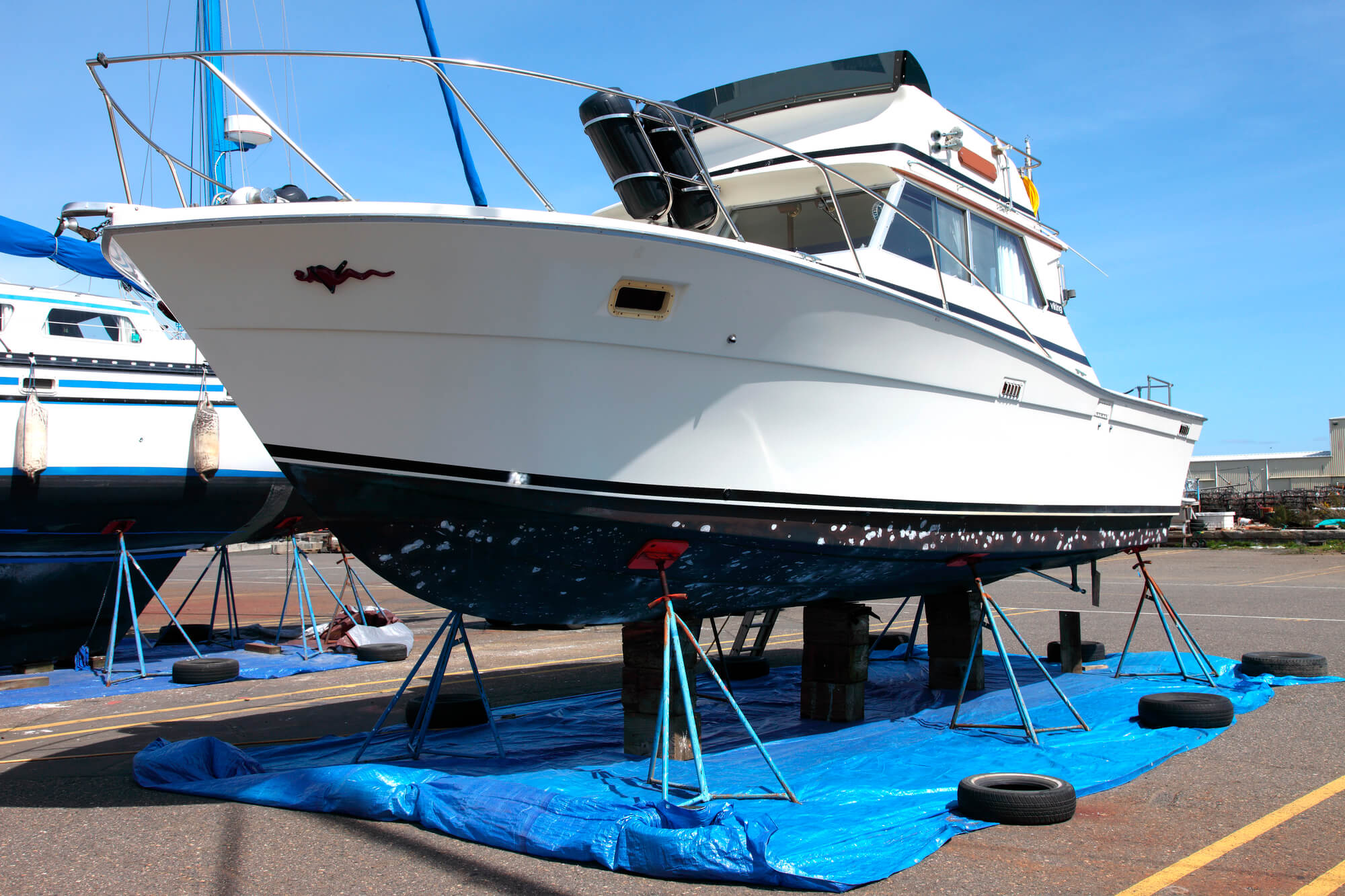Besides protecting your vessel from possible water damage, a boat lift in Clearwater can also make departures and docking easier. However, all this isn’t possible without routine maintenance. If you’re looking to steer clear of expensive and complicated repairs and keep your lift in tip-top shape for many years, you’ll want to learn about the different ways to extend its life.

docked boat needing Boat Lift in Clearwater
Boat Lift Maintenance Tips You Should Know
Bunks
Look for worn-out patches in the bunk’s carpet and check for cracked, broken, or rotten areas in the wood. Examine all brackets for cracks or any other signs of wear. You’ll also want to adjust the bracket position to ensure that all the hardware is tight. It’s important to note that regular exposure to saltwater requires occasional bunk replacement.
Pulleys
- Ensure adequate pulley alignment.
Adequate pulley alignment is the key to extending your lift’s cable and pulley life. When sheaves aren’t correctly aligned, they end up straining the cable.
- Grease the pulleys.
It’s best to grease the pulleys every four to six months. Otherwise, the friction between their sheaves and the sheave mounts increases, causing the mechanism to produce squeaky noises before it seizes up.
- Tighten nuts and bolts
Since a single loose bolt is enough to wreak havoc on the entire system, you’ll want to ensure the nuts and bolts are as tight as possible.
Lift Cables
- Wash them with fresh water after each use.
If you want to get the most out of your boat lift cables, it’s best to wash them with fresh water after each use. Leaving them unwashed or dangling in saltwater increases their risk of corrosion and dramatically reduces the cable’s life.
- Ensure proper lubrication.
Since proper lubrication helps keep your lift cables intact when they move and rub against each other, you wouldn’t want to skip this maintenance task. Prolonging your lift cables’ life requires you to lubricate their inner strands and exterior with chain and cable fluid. Avoid using grease for lubrication because it traps moisture within the cable strands.
- Follow Lift cable replacement guidelines.
Performing routine lift cable inspections allow you to check if the cables wind correctly and spot visible signs of rust, fraying, kinks, and broken strands. However, it’s important to note that boat lift cables will likely need replacements after two years of regular use, even if they don’t show signs of wear and tear. Be sure to follow the manufacturer’s lift cable replacement guidelines to avoid accidents resulting in severe injuries and costly damage to the lift system, boat, or dock.
Lift Beams
- Rinse them with fresh water after every use.
Unless you rinse your lift beam with fresh water after every use, salt will eventually corrode the shaft, and barnacles will grow on it. The buildup of salt and barnacles will weaken your lift beams over time. Another way to minimize saltwater interaction and electrolysis is to keep your lift beams out of the water when not in use.
Boat Lift Motor
- Inspect the gearbox and drive units.
Keeping your gears well-greased is the best way to prevent them from seizing. However, you won’t know if they’re greased well enough or otherwise unless you regularly inspect your gearbox and drive units. When checking your flat plat drives, take the covers off, look for signs of loose, frayed, or damaged belts, and replace them as needed.

Repair yard for boats with a Boat Lift in Clearwater
Looking for a Quality Boat Lift in Clearwater?
At Hurricane Boat Lifts, we’re committed to designing and building the highest quality and most attractive boat lifts at affordable prices. Contact today to learn more about our products.

